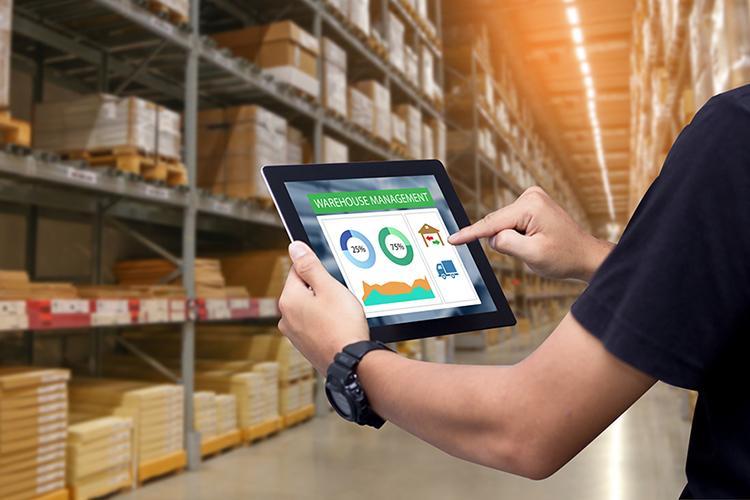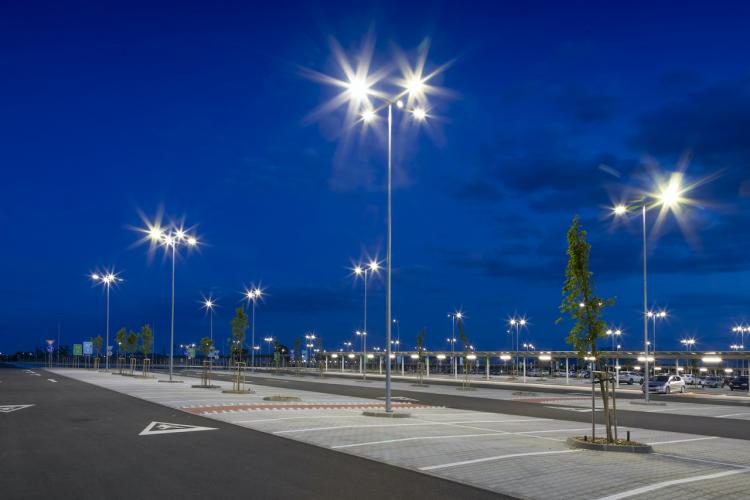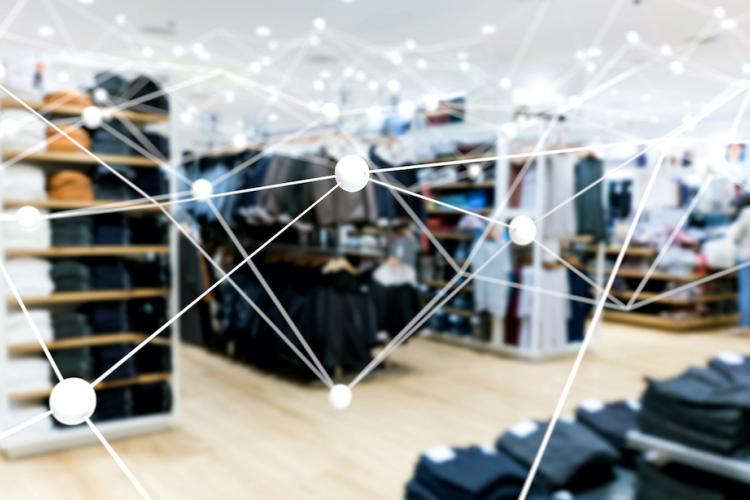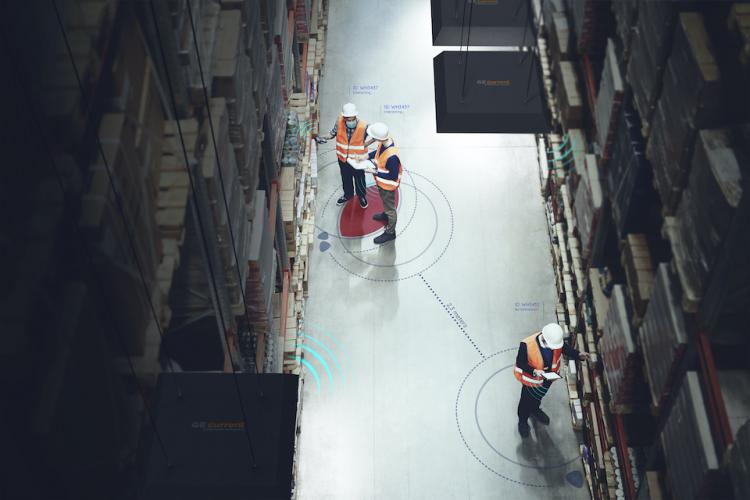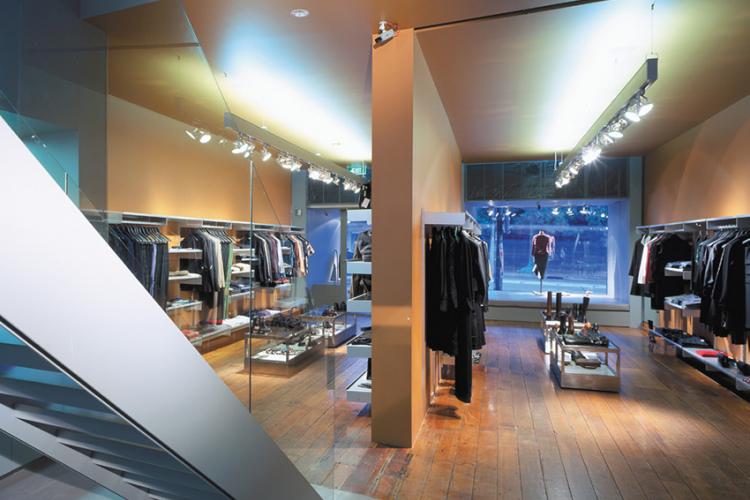Connected Lighting Delivers Energy and Operational Value
Connected Lighting Delivers Energy and Operational Value
Today’s IoT technology is positioning the business world for outstanding operational improvements. Retailers can obtain information about how their customers move through their stores so they can optimize merchandize locations. Property managers have visibility into every single desk and space across their portfolio. And all this is made possible by the existing lighting infrastructure.
The practice of controlling lights has been around for a number of years in order to save money and keep energy usage at a minimum. As technology marches forward we can now leverage lighting as a communications network in order to deliver business value that goes way beyond energy management benefits.
The diagram below shows the Daintree wireless lighting control system in black. Lights, working in conjunction with occupancy (and photo) sensors, switches and a wireless area controller, provide many of the core controls needed for the connected lighting system. They form a wireless mesh network that is used to pass information between devices – a switch to turn on lights, and an occupancy sensor to turn them off when a space is vacant.
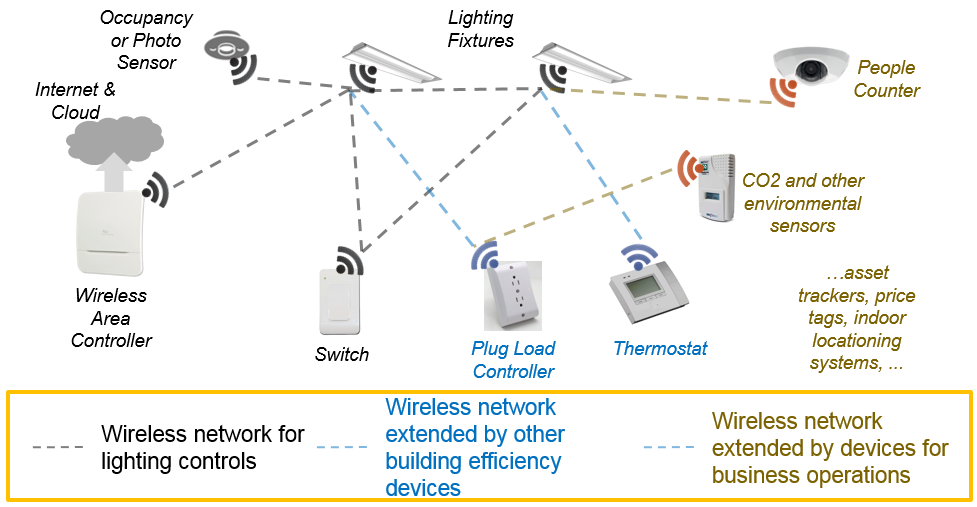
This same connected lighting network can be used to add wireless thermostats and wireless plug load controllers, and to extend to other forms of controls beyond lighting, such as fans and CO2 sensors. The occupancy sensors used to turn lights off can also set the thermostat back when the space is vacant, or turn off plug loads with non-critical loads (such as space heaters).
But the benefits go beyond building efficiency because you can now leverage the data collected by various sensors and devices and use it to create applications that deliver unprecedented benefits. One of our partners, Plexure, offers an IoT-driven CRM solution that presents dynamic content to customers to increase basket value and drive the frequency of store visits. A global convenience store retailer working with Plexure increased transactions by 73% by targeting customers based on their digital behavior and linking this to real-time point of sale data to prove ROI.
Another partner Teem, formerly EventBoard, has developed an application to get the most out of meeting spaces and cut down on employee frustrations. By integrating with occupancy sensors, Teem is able to cancel previously scheduled meetings if no one shows up for them. If the sensor indicates that a particular meeting is a no-show, the reservation is cleared for that time slot and the room shows up as available, so that other employees can book it for impromptu meetings.
Connected lighting can be used to collect data from many other sensors and devices in the building. This data can be sent via the Internet into the cloud by the wireless area controller to power new energy management systems, deliver analytics that facilitate operational efficiencies and more exciting applications to propel business forward.


